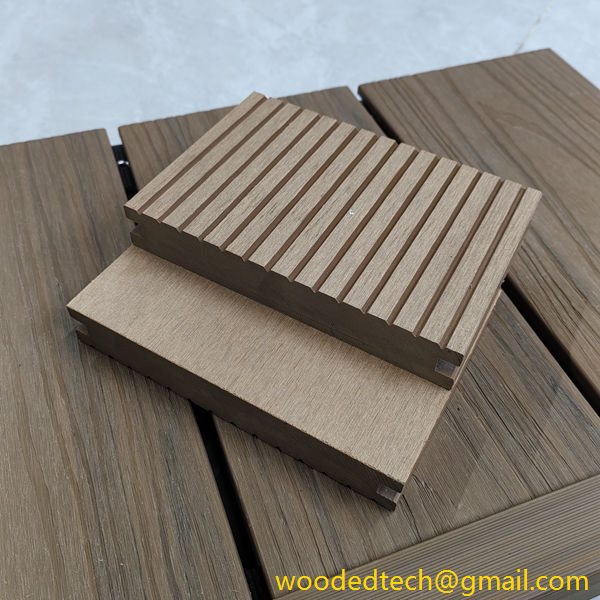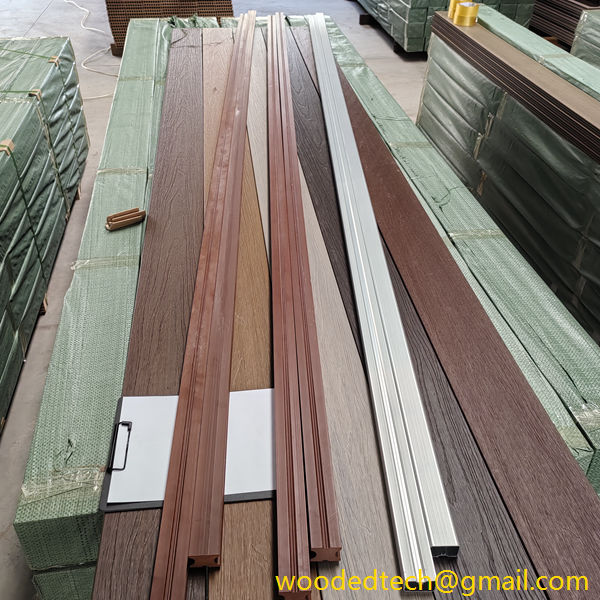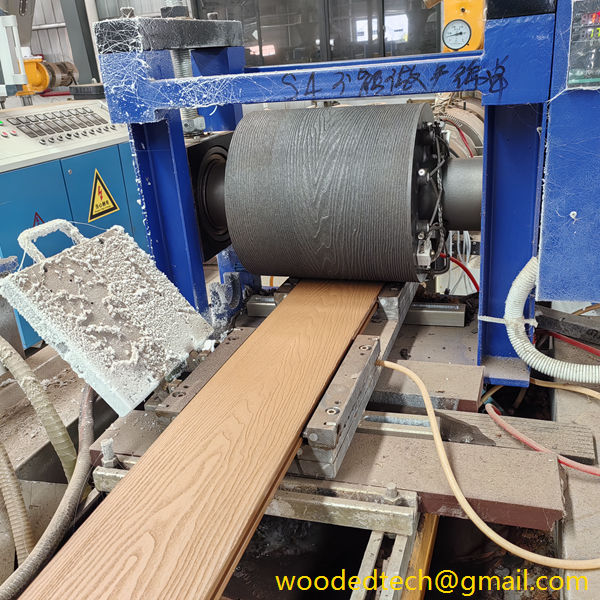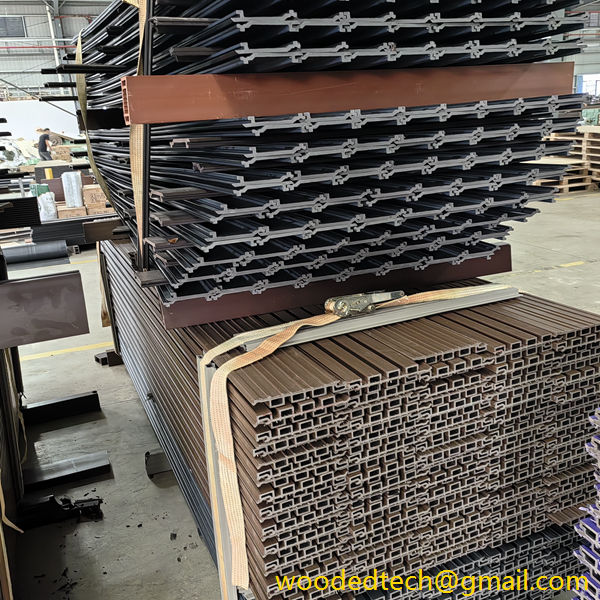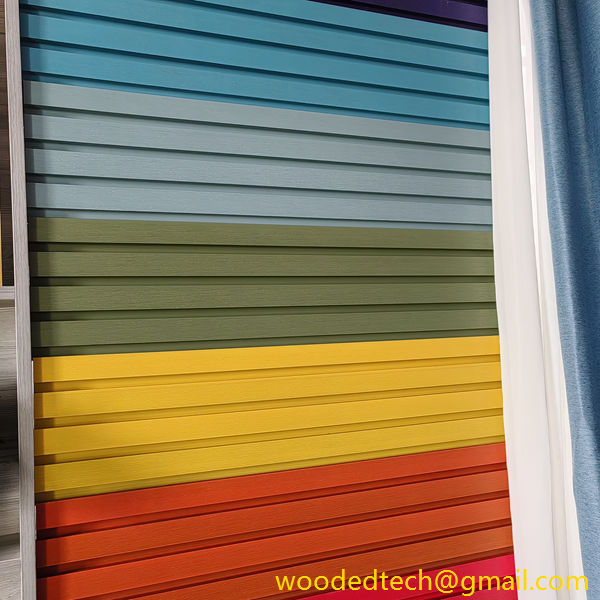WPC Panel Elevation Ideas for Stunning Facades
When it comes to creating stunning facades, the use of Wood Plastic Composite (WPC) panels has gained significant popularity in modern architecture. This composite material combines the durability of plastics with the aesthetic appeal of wood, offering a versatile solution for exterior design. In this article, we will explore various elevation ideas for WPC panels, while also delving into the materials production process that enhances their functionality and visual appeal.
To begin with, WPC panels are manufactured through an advanced extrusion process, where a mixture of wood fibers and thermoplastics is heated and forced through a mold. This process allows for the creation of panels in various shapes and sizes, making them suitable for diverse architectural styles. The wood fibers used in the production are typically sourced from reclaimed wood or sawdust, promoting sustainability by reducing waste. The thermoplastics, often high-density polyethylene or polypropylene, contribute to the panels’ resistance to moisture, insects, and decay, making them ideal for outdoor applications.
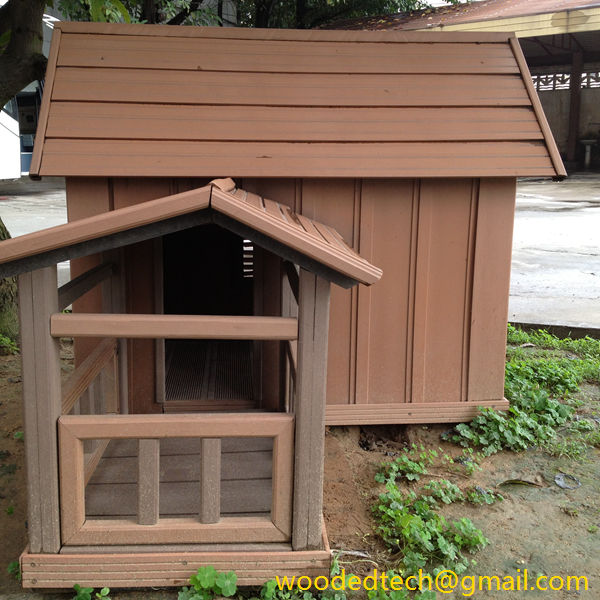
One popular elevation idea is the use of horizontally oriented WPC panels. This design choice creates a sense of spaciousness and modernity, making it suitable for both residential and commercial buildings. The natural textures and colors of the WPC can mimic traditional wood finishes, providing a warm and inviting look while maintaining the structural integrity of synthetic materials. By selecting panels with varied wood grain patterns, architects can achieve a dynamic facade that captures the eye.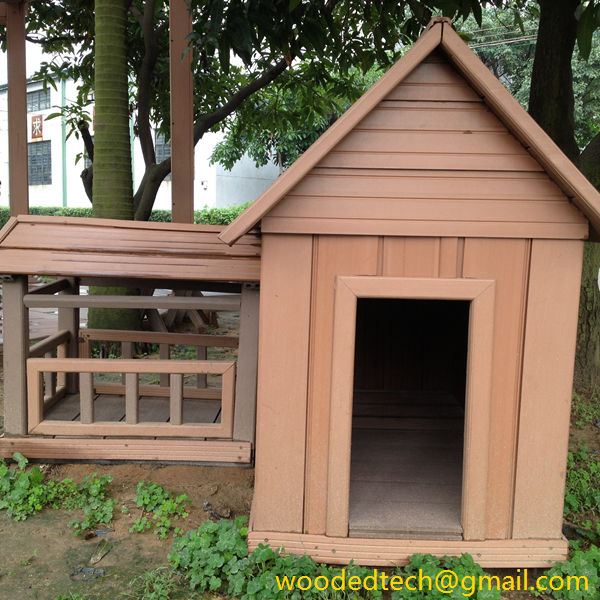
Another intriguing option is the vertical installation of WPC panels. This approach draws the eye upward, enhancing the height of the building and creating a striking visual impact. Vertical panels can be used in conjunction with large windows or glass doors, allowing for abundant natural light to flood the interior spaces. The contrast between the linear panels and the smooth surfaces of glass creates a contemporary aesthetic that is both functional and appealing.
In addition to orientation, the color palette of WPC panels can significantly influence the overall facade design. While traditional wood colors like browns and tans are popular, WPC panels are available in a wide range of hues, including bold colors like deep blues, rich greens, and even vibrant reds. These options allow architects to push the boundaries of design, creating facades that are not only beautiful but also reflective of the surrounding environment. For instance, a coastal building might benefit from lighter shades that evoke the sandy beaches and ocean waves, while a structure in a wooded area could incorporate earthy tones to blend seamlessly with nature. 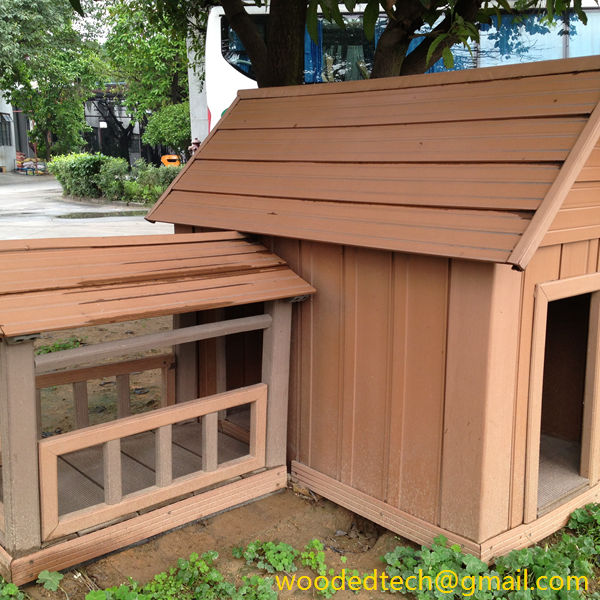
Texture is another vital aspect to consider when designing with WPC panels. The production process allows for various surface finishes, from smooth and polished to rough and rustic. Textured panels can create a more tactile experience, inviting interaction and enhancing the sensory appeal of the facade. For example, a building that features a combination of smooth and textured panels can create visual interest and depth, drawing attention to different architectural elements.
Furthermore, architects can experiment with panel arrangement to create unique patterns and designs. By alternating panel sizes or orientations, it is possible to craft a facade that feels alive and dynamic. This approach can also help in addressing practical concerns such as ventilation and sunlight exposure, ensuring that the building remains energy efficient while still looking visually striking.
Sustainability is a key consideration in modern architecture, and WPC panels excel in this regard. Their production process not only utilizes recycled materials but also results in products that are low maintenance and long-lasting. WPC panels do not require the same level of upkeep as traditional wood, such as regular staining or sealing, which further contributes to their appeal. This durability means that buildings clad in WPC can maintain their aesthetic integrity over time, reducing the need for repairs and replacements.
In conclusion, WPC panels present a wealth of opportunities for creating stunning facades that combine beauty, durability, and sustainability. From horizontal and vertical installations to diverse color palettes and textures, the design possibilities are virtually limitless. By understanding the materials production process and fully leveraging the unique properties of WPC, architects can craft facades that not only stand out but also harmonize with their surroundings. As the demand for innovative and eco-friendly building materials continues to grow, WPC panels are sure to remain at the forefront of architectural design.

